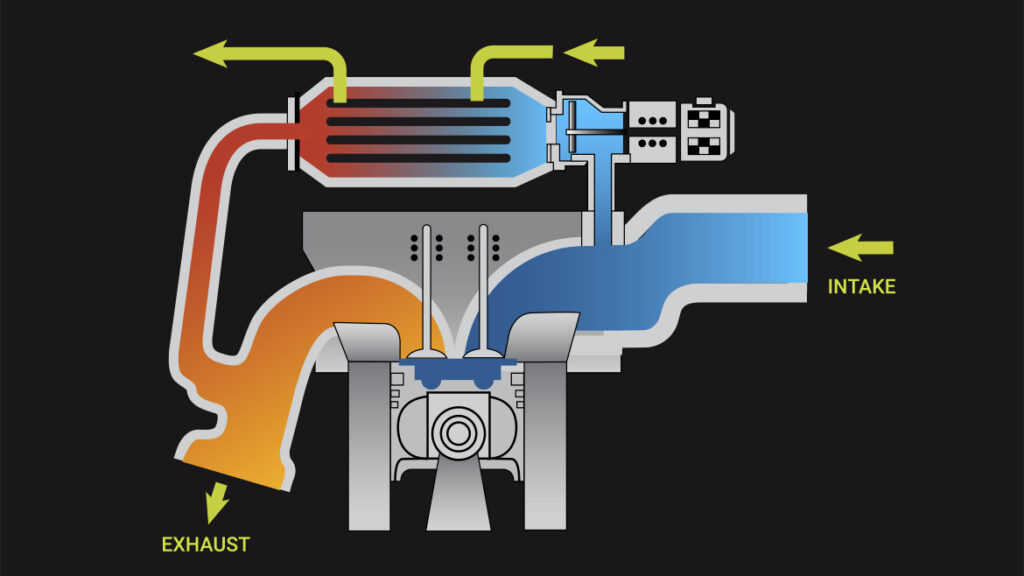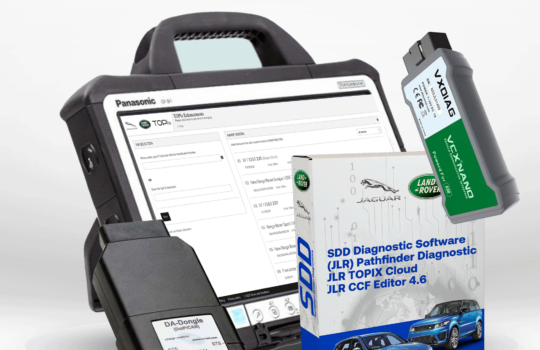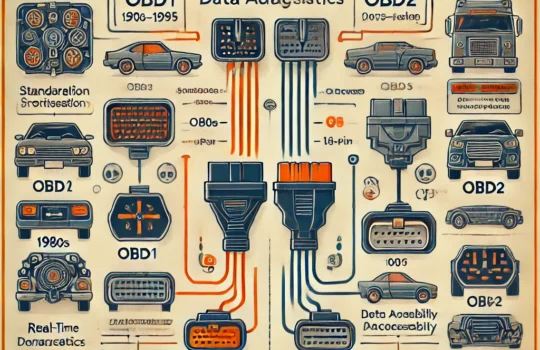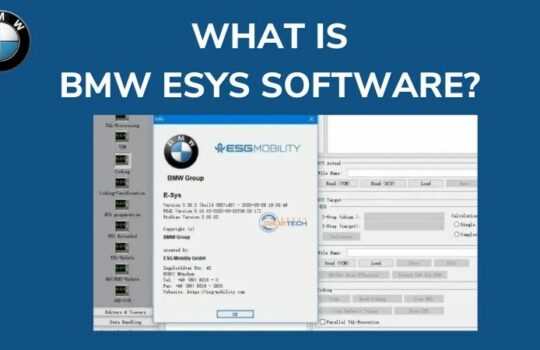Mastering EGR: Guide to Systems & Maintenance
Exhaust Gas Recirculation (EGR) is a critical component in modern internal combustion engines, designed to reduce nitrogen oxide (NOx) emissions and improve fuel efficiency. Understanding how EGR systems work and how to maintain them is essential for anyone looking to master automotive diagnostics tools and repair. In this comprehensive guide, we will delve into the intricacies of EGR systems, their benefits, common issues, and best practices for maintenance.
What is Exhaust Gas Recirculation (EGR)?
Exhaust Gas Recirculation is a process that recirculates a portion of an engine’s exhaust gases back into the intake manifold. This mixture of exhaust gases with the incoming air reduces the peak combustion temperatures, which in turn lowers the formation of NOx emissions. NOx is a significant pollutant that contributes to smog and acid rain, making EGR systems vital for environmental compliance.

How EGR Systems Work
EGR systems consist of several key components:
- EGR Valve: The heart of the system, the EGR valve controls the flow of exhaust gases into the intake manifold. It can be vacuum-operated or electronically controlled.
- EGR Cooler: In some systems, the exhaust gases are cooled before being recirculated to further reduce combustion temperatures.
- EGR Solenoid: This component controls the vacuum supply to the EGR valve in vacuum-operated systems.
- Sensors: Various sensors, including temperature and pressure sensors, monitor the system’s performance and ensure optimal operation.
When the engine control unit (ECU) determines that conditions are right, it opens the EGR valve, allowing a measured amount of exhaust gas to enter the intake manifold. This process helps to dilute the air-fuel mixture, reducing combustion temperatures and NOx formation.
Benefits of EGR Systems
- Reduced Emissions: The primary benefit of EGR systems is the significant reduction in NOx emissions, helping vehicles meet stringent environmental regulations.
- Improved Fuel Efficiency: By lowering combustion temperatures, EGR systems can improve fuel efficiency, particularly in diesel engines.
- Enhanced Engine Longevity: Lower combustion temperatures reduce the thermal stress on engine components, potentially extending the engine’s lifespan.
Common EGR System Issues
Despite their benefits, EGR systems can encounter several issues that affect their performance:
- Carbon Buildup: Over time, carbon deposits can accumulate in the EGR valve and passages, restricting the flow of exhaust gases and causing the valve to stick.
- Faulty EGR Valve: The EGR valve can fail due to wear and tear, leading to improper operation and triggering diagnostic trouble codes (DTCs).
- Sensor Failures: Malfunctioning sensors can provide incorrect data to the ECU, resulting in suboptimal EGR operation.
- Vacuum Leaks: In vacuum-operated systems, leaks in the vacuum lines can prevent the EGR valve from opening correctly.
EGR System Maintenance
Regular maintenance of the EGR system is crucial to ensure its proper functioning and longevity. Here are some best practices:
- Regular Cleaning: Periodically clean the EGR valve and passages to remove carbon buildup. This can be done using specialized EGR cleaning solutions or by removing the valve and manually cleaning it.
- Inspect and Replace Components: Regularly inspect the EGR valve, solenoid, and sensors for signs of wear or damage. Replace any faulty components as needed.
- Check for Vacuum Leaks: In vacuum-operated systems, inspect the vacuum lines for cracks or leaks and replace them if necessary.
- Monitor Performance: Use diagnostic tools to monitor the EGR system’s performance and check for any stored DTCs. Address any issues promptly to prevent further damage.

Conclusion
Mastering Exhaust Gas Recirculation is essential for anyone involved in automotive diagnostics and repair. By understanding how EGR systems work, recognizing common issues, and following best practices for maintenance, you can ensure that these systems operate efficiently and effectively. Regular maintenance not only helps in reducing emissions and improving fuel efficiency but also extends the lifespan of your engine. Stay proactive with your EGR system care, and you’ll reap the benefits of a cleaner, more efficient vehicle.
By integrating these insights and maintenance tips into your routine, you’ll be well on your way to mastering EGR systems and ensuring optimal vehicle performance.
Read also:





